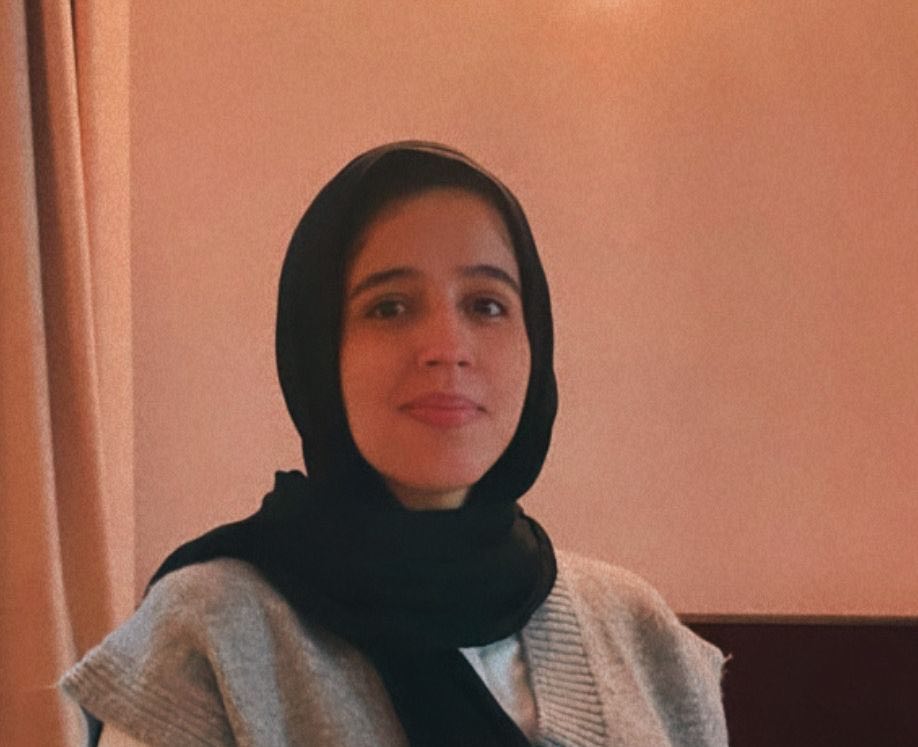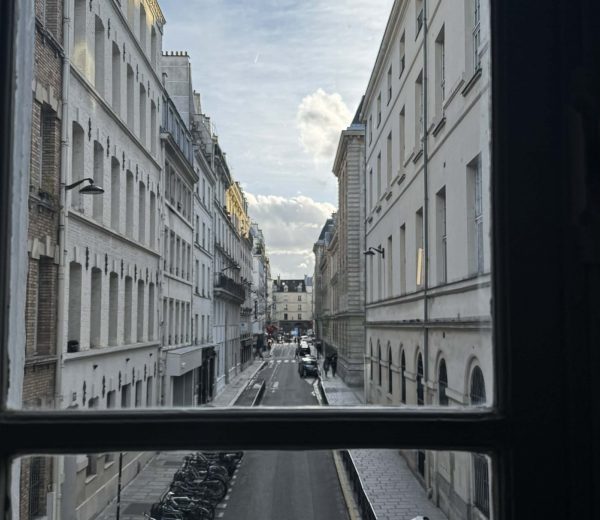Libya is a country that is very diverse in culture. In spite of the fact that we are Libyans by nationality but our country is rich in history and culture. There are Twaregs, Amazighen, Tabu, and Arabs. The western mountain in Libya is where Amazighen are located. You will find a number of cities which its people speak the language but there are some differences.
Some of you may not know but I am an Amazighen by ethnicity. Both of my parents are which makes me as they say, a pure Amazigh. I am originally from a town called Al-Kalaa which means the castle. People speak the language, yet, it differs from town to town. My parents understand the language but don’t speak it fluently. Thus, I don’t speak it but I understand it a bit from my grandparents who use it.
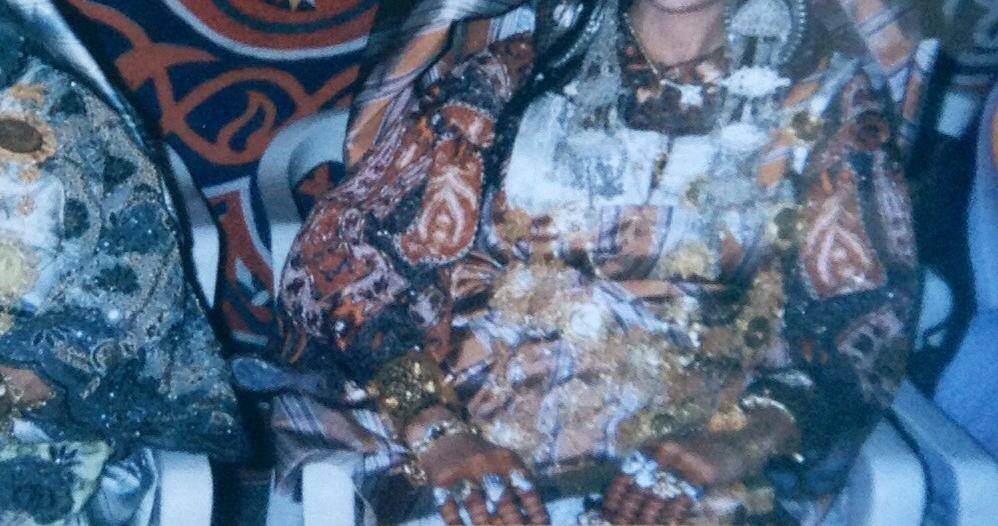
I love the diversity in my background and I am so proud of my Riffian (Amazigh) origins. The beauty of its culture is what draws me closer to it and makes me want to know more stories about it.
I noticed that as we get older, we get back to the beauty that lies within our culture and tradition. Weddings are not an exception. They share so many similarities but at the same time, the differences are what make them special.
There is something magical about traditional weddings. Maybe the clothes, songs or even the food. Weddings usually last for seven days. They consist of many things until the big day. Sadly, it is not very common now to do the full Libyan wedding from scratch. So, I decided to ask my grandmother about the Amazighian wedding since she has been to so many. She was so excited and happy when I asked her to tell me more because I don’t know every detail.

The first day is the day when the groom’s family come over to the bride’s house to decide on the wedding day and officially start the seven days of preparation and the hustle. After they leave, men must go and collect wood. It takes them the whole day to do so because they collect big amounts. On the next morning, women use the collected wood to prepare traditional bread which is made in clay ovens. They also make a stew to have it for dinner with the bread.
The third day is called the groom’s Henna. Yes, you read this correctly! The groom’s friends should bring Henna leaves in small napkins so the groom’s mother kneads it. After that, the groom and his friends must put Henna on their pinky finger. In the evening, men should mix what we call Bseesa. It is a healthy mix of grains, nuts, and sometimes the date is added. We still eat it until now. As part of the tradition, grandmothers sing while men are mixing.
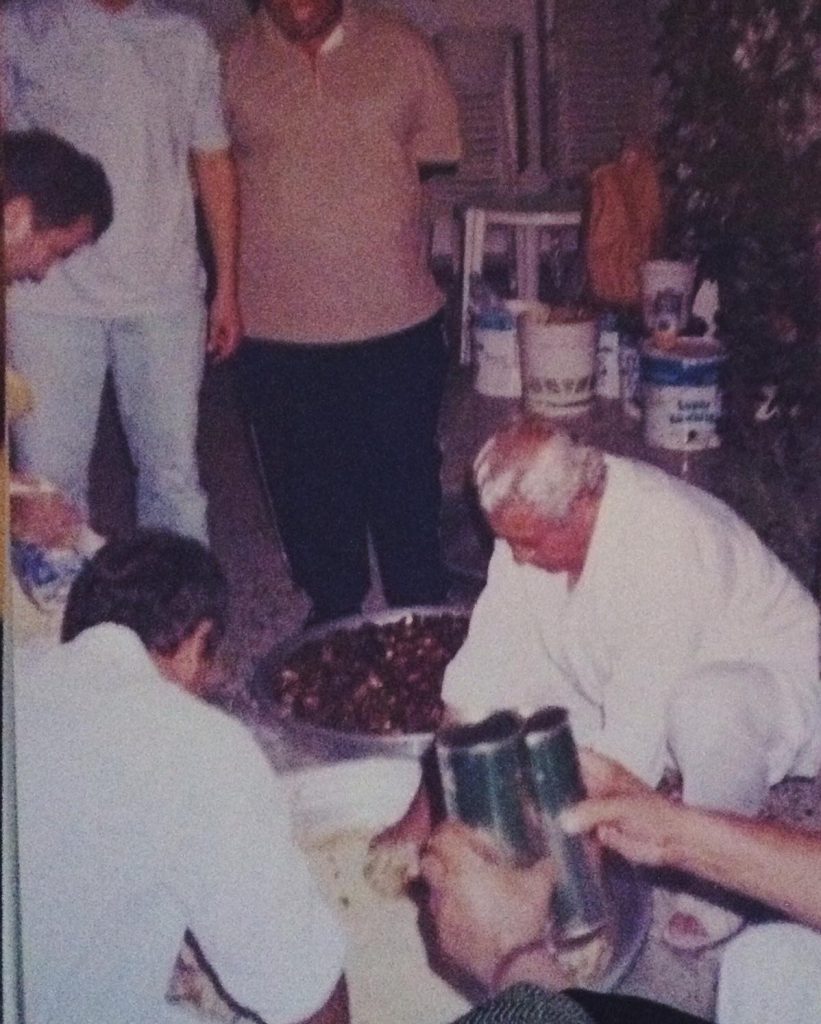
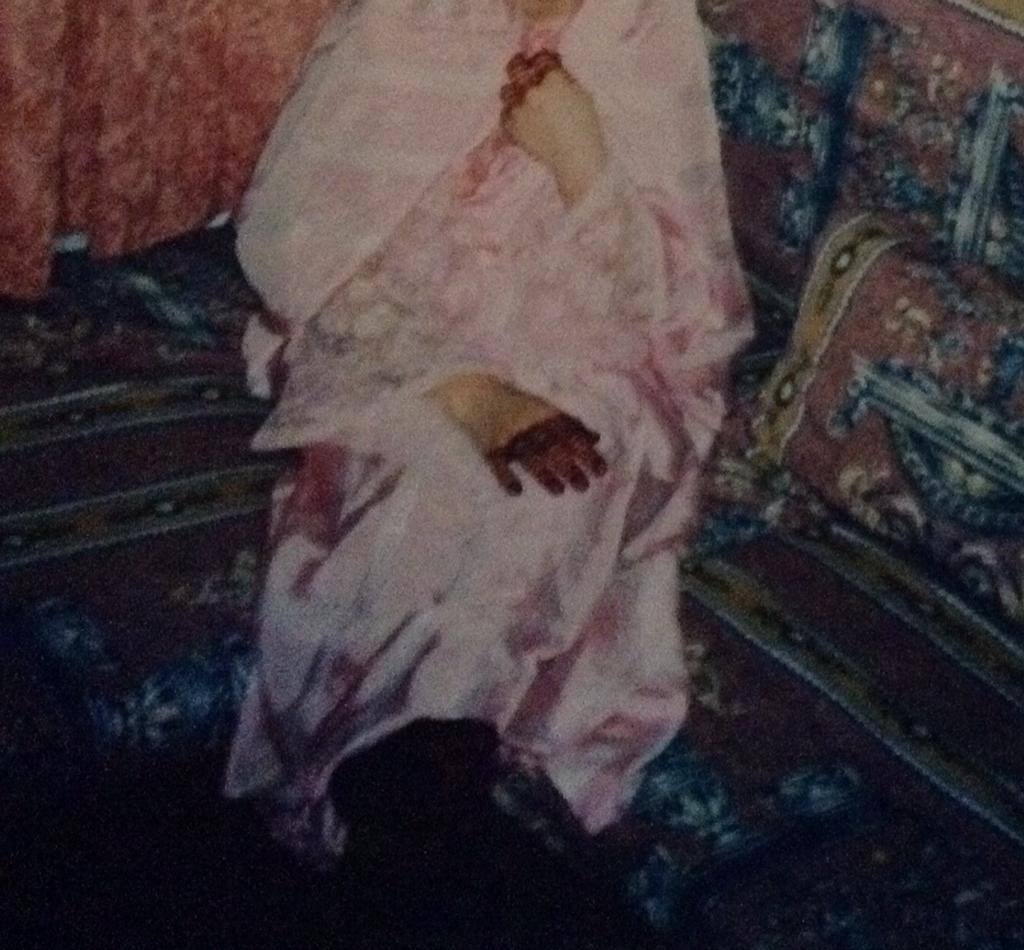
It is known that the groom’s family must take grocery, a sheep and what is called “Goffa” or as The Amazigh people call it Ater. It is a big piece of white sheets filled with gifts from the groom’s family to the bride’s. They put makeup kit, high heels, the best type of Henna leaves, you name it. hey apply Henna in her hands and feet.
As part of the tradition, the bride must escape to one of her friend’s house so when the groom’s family bring the Goffa, they wouldn’t find her. They must go and get her from her friend’s house so the woman carrying the Goffa on her head can finally put it down. Then the bride must sit seven times on it. At night, the bride must wear a traditional pink suit for the Henna night and must sit on a wool blanket. Her face should be covered while they apply Henna in her hands and feet.

On the wedding day which is the last day, in some cases, the groom’s family comes over to the bride’s house to apply Henna again but they don’t do it anymore. Before, the bride wears the Amazighen suit which is made only for brides. It has accessories hanging on it. The fabric is a little different. The bride’s hair should be braided. Before, her mother must sip olive oil above her daughter’s head. My grandmother doesn’t know why they did it. However, brides now wear dresses but they wear the traditional suit after a week of being married.

In conclusion, the pictures you are looking at in the article are from my mom’s and uncle’s weddings. They captured every detail and laughter. You can notice the spontaneity of the moment clearly. Each picture has its own story and memory. Although it has been years now but watching these pictures with my family brought back beautiful memories. My aunts and mom were laughing when they remembered something about one of the pictures. No matter how old we get or how far we reach, we always get back to our roots. If you have doubts, reach out to your grandparents and ask them. Here I am, 23 years later, I am digging deeper into my country’s history searching for answers. I encourage you to do too.
